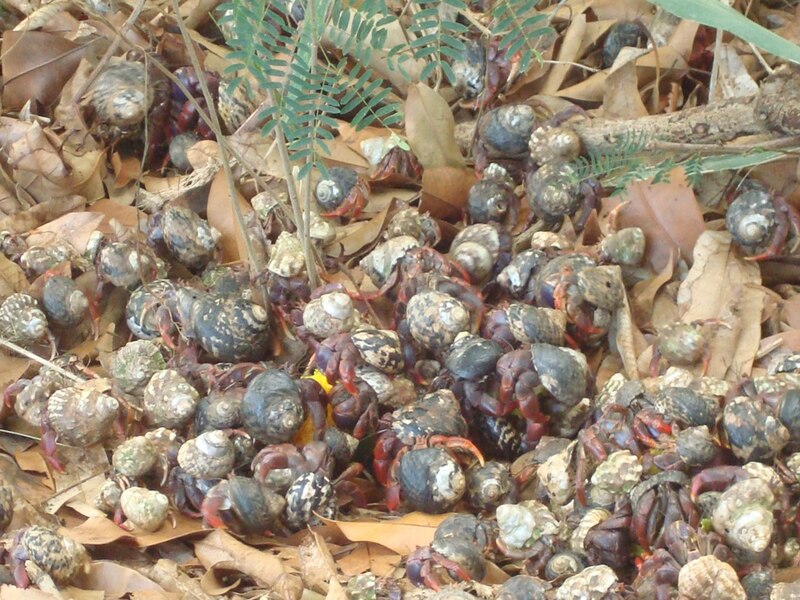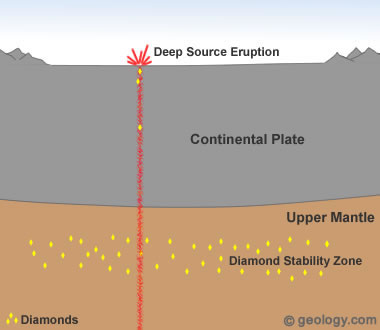Shell shortage of terrestrial hermit crabs leads to vicious social situations, whereby hermit crabs will gang up to take over shells inhabited by other hermit crabs. This causes some crabs to lose their shell, and often these crabs must resort to an unpractical shell which does not give sufficient protection.

Hermit Crab with an unusual and unpractical shell
Image from http://www.divematrix.com/showthread.php?9520-hehehehe-Hermit-Crab-movin-on-up!
Hermit crabs live in shells that were abandoned by other creatures such as snails. Unfortunately for terrestrial hermit crabs, abandoned shells are extremely rare in their habitat. This creates an issue for the terrestrial hermit crabs as they need to continue to find new shells to inhabit as they grow. Terrestrial hermit crabs can hollow out shells that they inhabit so that there is more room to grow, more room for eggs, and so that the shell is light to carry around. However, hollowing out shells takes time and energy for hermit crabs, and so the crabs would prefer to inhabit a shell which has already been hollowed out. As well, only the smallest of hermit crabs can fit into a shell which has not previously been hollowed out.

Gathering of Hermit Crabs
Image from http://blogs.thatpetplace.com/thatreptileblog/2010/05/17/hermit-crab-social-behavior-not-such-hermits-after-all/
Mark Laidre, from the University of California, Berkeley, explains an unusual social routine of terrestrial hermit crabs. Dozens of terrestrial hermit crabs will gather and form a line when a group of three or more hermit crabs are initially together. This line is ordered from smallest to largest, with each crab holding onto the crab with the larger shell ahead of them in line. Crabs will try to pull other crabs out of their shells, and if successful all crabs will move up in line at the same time to inhabit a larger shell. Usually, only the smallest shell remains for the unlucky terrestrial hermit crab that was pulled out of its shell. This shell is not large enough for the crab to fully protect itself.
Terrestrial hermit crabs begin to gather and ‘fight’:
This social behaviour is significant as it illustrates the evolution of hermit crabs in order to survive in their specific habitat. There is a shortage of shells for terrestrial hermit crabs, but not so much for marine hermit crabs. Because terrestrial hermit crabs need to ‘fight’ for appropriate shells throughout their life, they utilize this social behaviour to make it easier for smaller crabs to take over larger shells. Conversely, marine hermit crabs do not demonstrate this behaviour, since finding new shells is not a large issue.
To us humans, this social behaviour may seem ridiculous. In our terms, the terrestrial crabs’ routine is almost the equivalent of a gang of humans kicking someone out of a renovated mansion into the smallest and most dangerous of homes. But, for the terrestrial hermit crab it is a way of life. As of yet, there are no hermit crab laws to stop this from happening!
Submitted by: Angela Johnston










